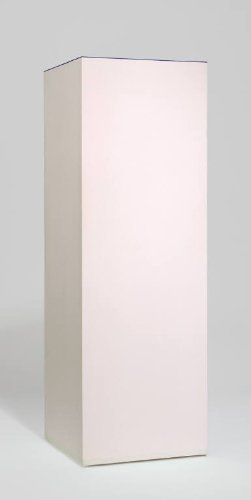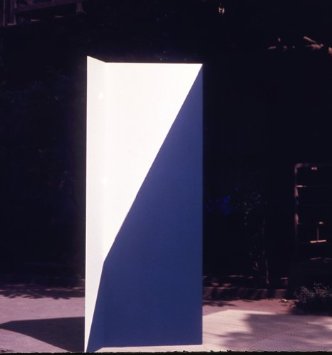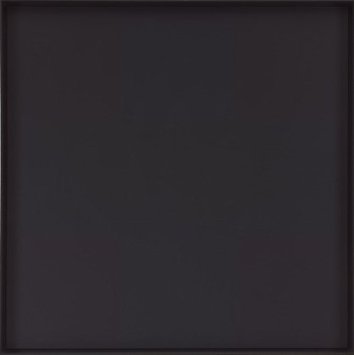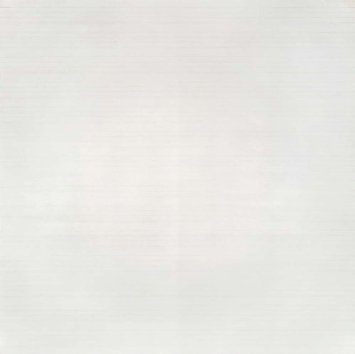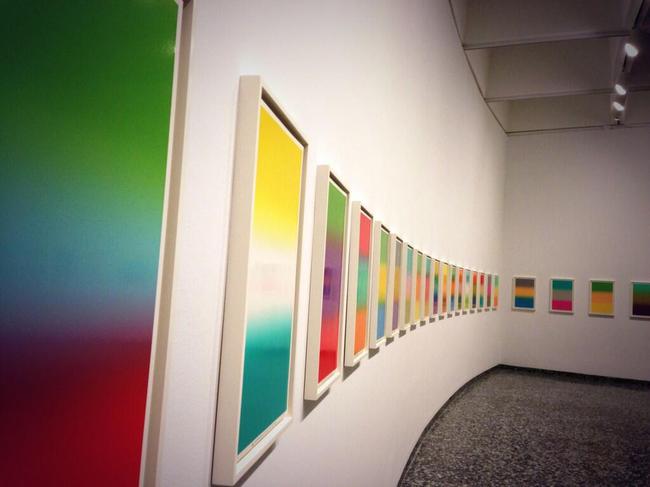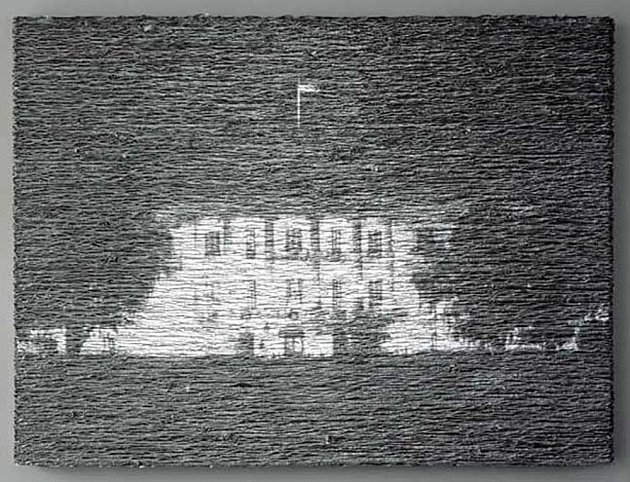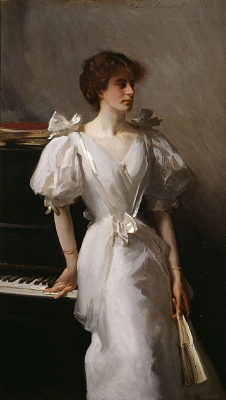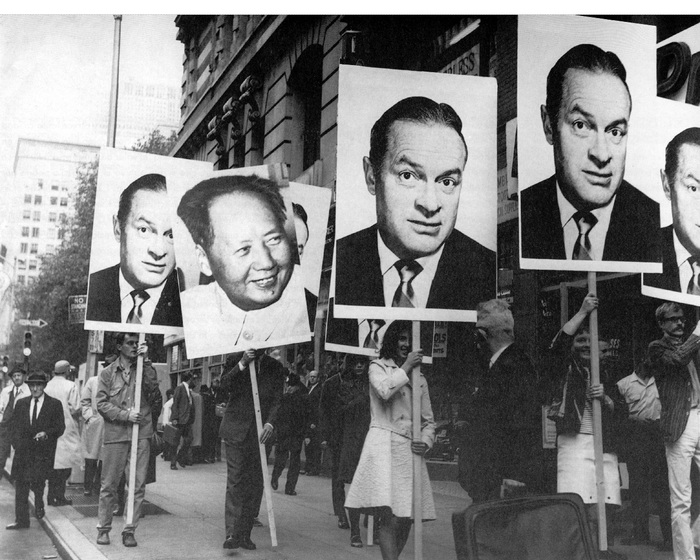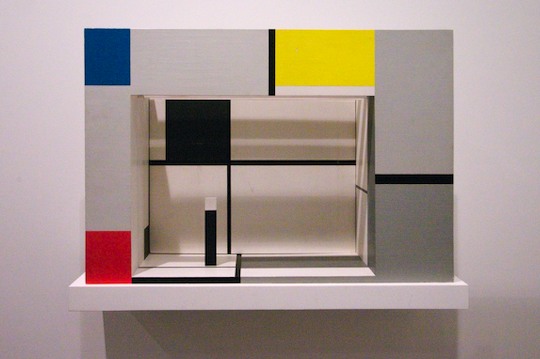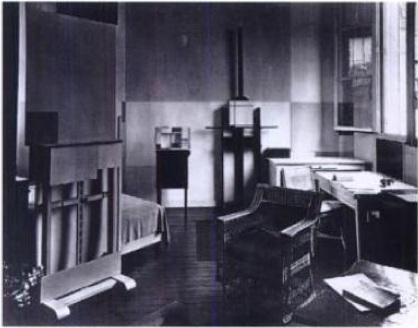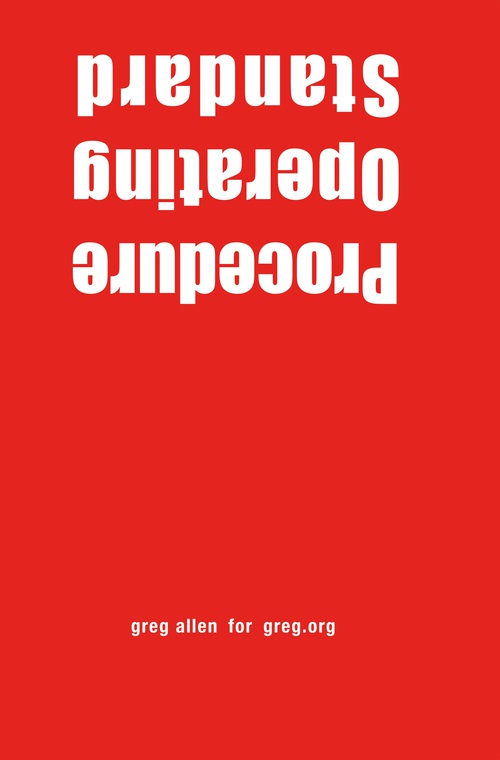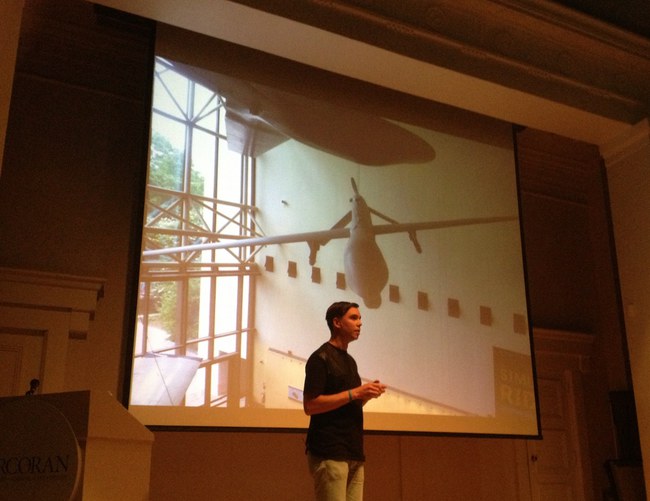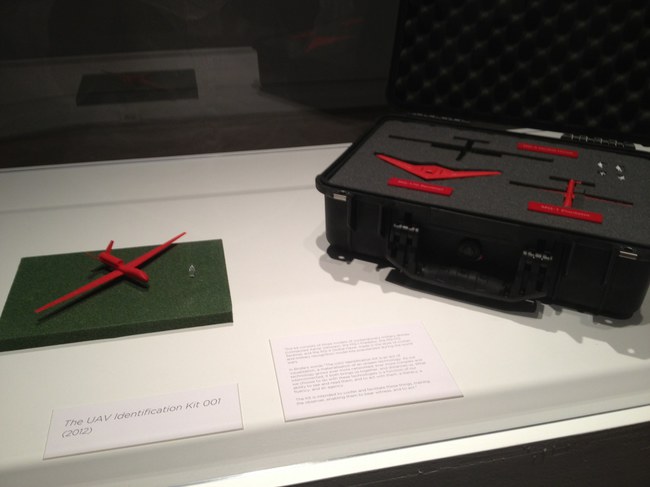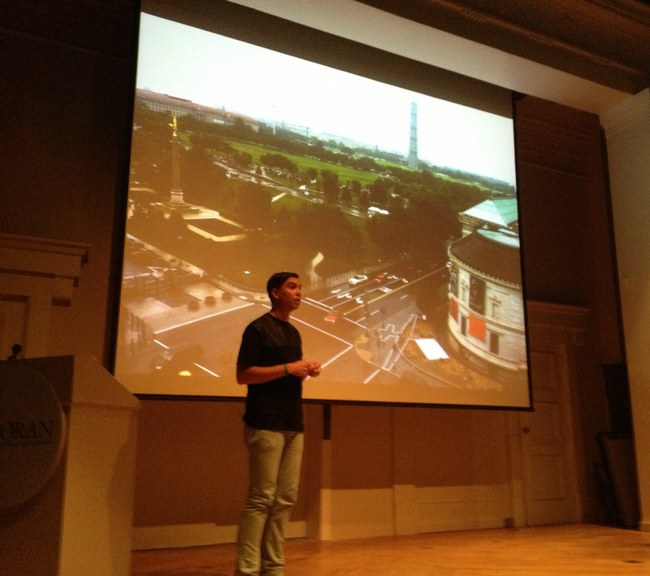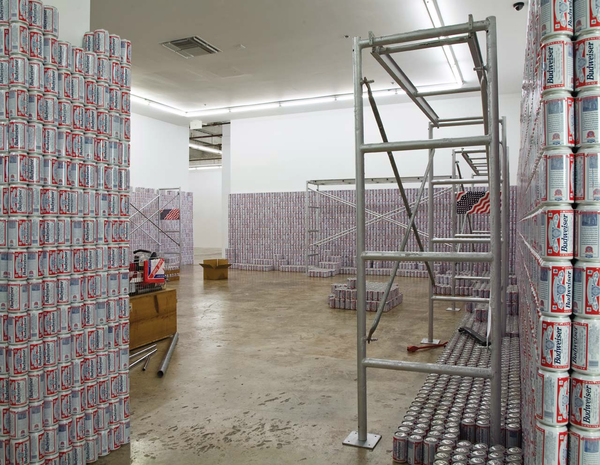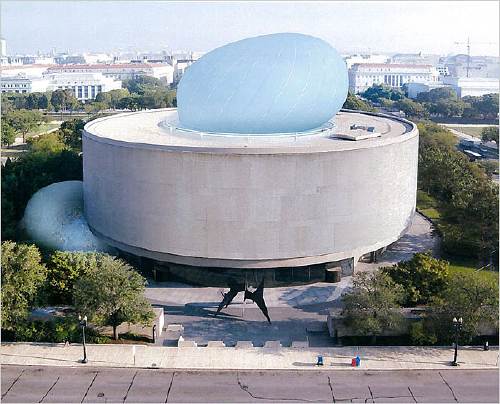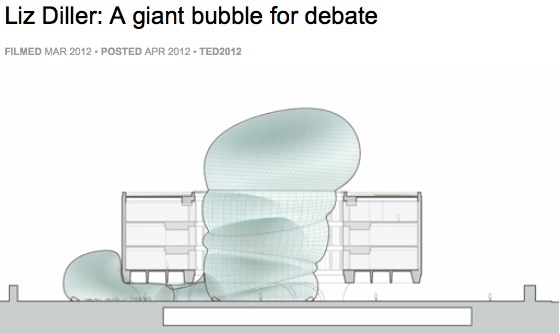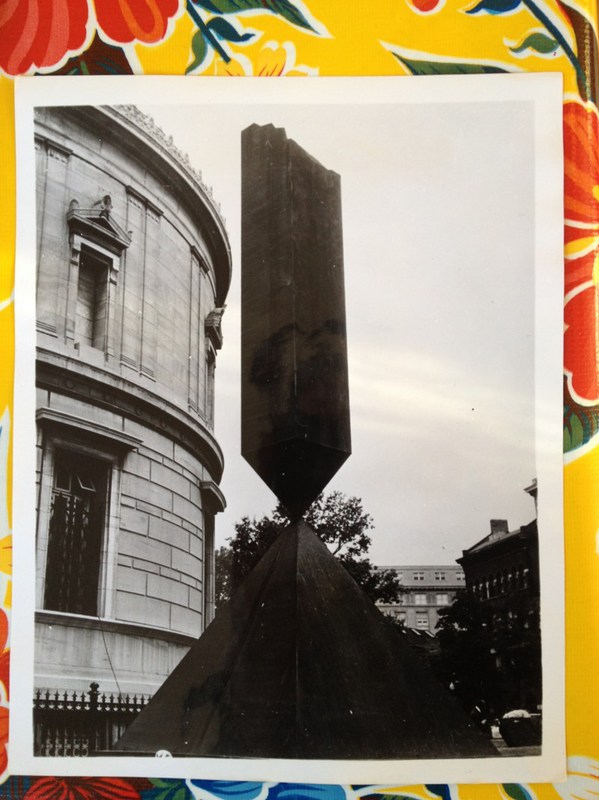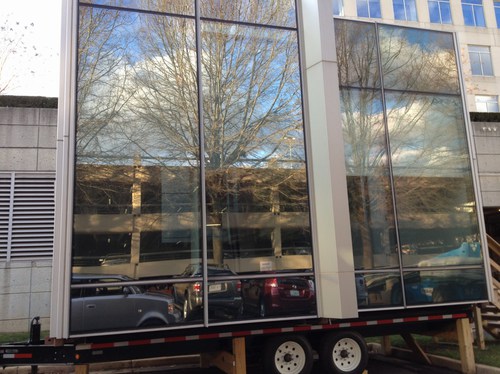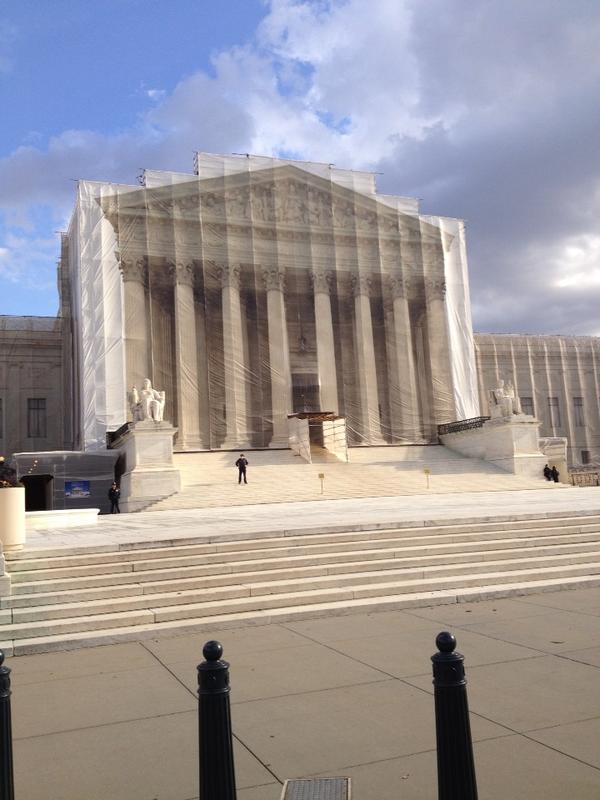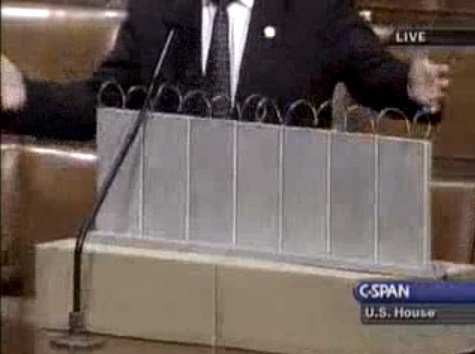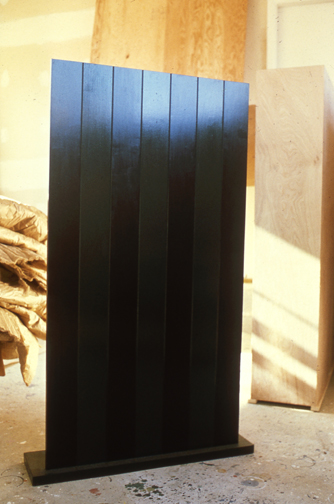When I started transcribing this section of Mike Kelley’s 2004 Q&A with Gerry Fialka , I was only in it for the Duchamp and Cage. But I’m glad I stayed for the art, entertainment, and politics:
[49:31] Gerry Fialka: Duchamp said, “How do you make a piece of art that’s not a piece of art?” Well Cage did it with music, maybe 4’33”, [Kelley shaking head]
Mike Kelley: No,
GF: Well–
MK: Duchamp did never not make a piece of art, and Cage did never not make a piece of art. That’s a game they played, that’s a game they played to pretend they were doing something that wasn’t art. Of course it was art. What else was it?
GF: Well put, let me finish. And then Joyce wrote uh–
MK: Pshhh
GF: Finnegan’s Wake and invented the Internet, and disguised it as a book. And George Manupelli–
[Audience noise]
George Manupelli is someone we both encountered in Ann Arbor, Michigan, who started the oldest experimental film festival in the world, the Ann Arbor F–
MK: The Ann Arbor Film Festival, which is, I tell you, I got my whole film education from that festival.
GF: It was a great place for me, too. to view experimental films
MK: They don’t do things like that anymore.
GF: And he had a piece called Film for Hooded Projector, so why is it important to shake up constructed belief systems, and do we need’em?
MK: Of course. Why else would you want art?
The only social function of art is to f things up. It has no other social function. Absolutely none. That’s why, if you merge it with the entertainment industry, make it about the desires of the masses, it doesn’t have any social function.
Also, what that idea about art–what separates it from politics, politics has a purpose. It’s about power relationships. Art doesn’t have anything about power relationships. It’s simply about fucking this up for the pure pleasure of fucking them up.
So it’s about formal–it’s about analysis, and formal, uh, uh, scrambling, and it both escapes the practicality of politics and the–what was the other side? I forget.
Audience: Entertainment.
MK: Eh?
Audience: Entertainment.
MK: Yeah, entertainment which is, drugging the masses. So art should be something in between that’s not practical in terms of power relationships, because it’s fantasy, but it allows for power. Because art allows for power shifts over a slow time because people’s minds change. Entertainment never changes people’s minds. It just drugs them to reality, and I completely agree with Marx in this, in this way.
So I’m, I’m against the idea of art being subsumed either into the political sphere, or into the entertainment sphere. I think it has to be a separate social entity, especially in America.
I think in Europe, social and class differences are different than they are here. But in America, since it’s such an anti-intellectual culture, it has to be a separate milieu, that’s purposely–um. What would I say? Purposely purposeless.
It has to be. Otherwise it has no social function.



